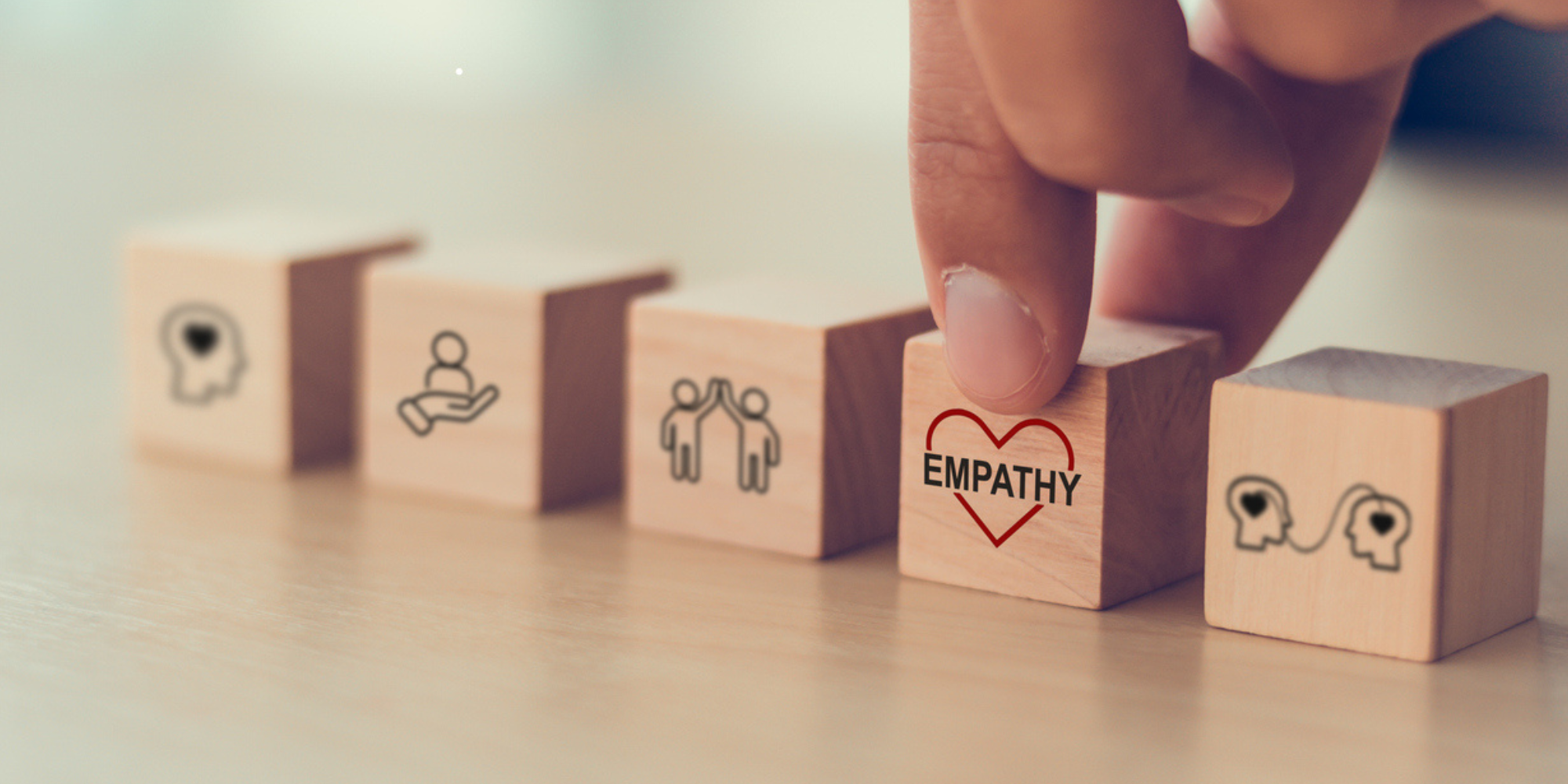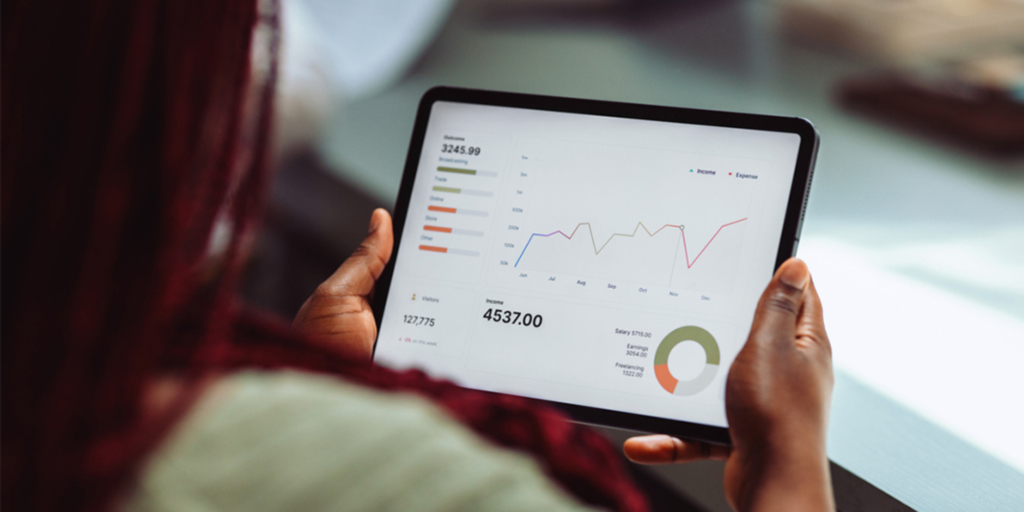As AI reshapes HR, the true opportunity isn’t replacing people – it’s empowering them. This article explores why connection and human-centred leadership are becoming HR’s greatest superpowers in the empathy era.
In this blog
The role of AI in enabling – not replacing – HR
The empathy era

For years, HR transformation has been synonymous with automation. We streamlined processes, we digitised almost everything, and we measured success in clicks saved and hours reclaimed.
That era delivered a lot: efficiency, scalability, and consistency.
But now, the opportunity lies in something deeper: Because people don’t thrive in systems alone, they thrive in connection.
Which is why what you will see in 2025 and beyond is the start of a new chapter: the empathy era.
McKinsey research supports this notion, showing that employees who feel understood and valued by their organisations are more innovative, loyal, and resilient.
After all, a great employee experience is defined by:
- A sense of belonging
- Feeling heard, seen, and supported
- Leadership that coaches, not commands
- Stories that make people feel proud to be part of the organisation
These moments happen when people and technology work in tandem, with the human touch leading the way. We are entering a rebalancing act – one where AI takes care of administrative tasks and data processes, freeing HR to focus on strategy, transformation, and truly human moments like connection, coaching, and culture.
The role of AI in enabling – not replacing – HR
It’s no secret that digital transformation changed the HR function for the better. HRIS systems, labour demand forecasting, digital workflows, and 24/7 AI HR assistants made it possible to do more with less.
This technological shift elevated HR from administrative to strategic, empowering them to focus on big-picture priorities like workforce planning, employee experience, and organisational agility. In many ways, this laid the groundwork for more responsive and data-informed people practices.
And now, with 71% of organisations across the UK already embracing AI in HR, there’s a growing opportunity to use this technology to create more time and space for empathy, inclusion, and personal connection.
According to a 2024 Harvard Business Review article, organisations are learning that while AI can streamline tasks, it’s the human touchpoints that continue to shape how people feel about their work.
Now is the time to use AI to create more room for community – to make space for the conversations and connections that help employees thrive.
CIPD also echoes this call for thoughtful human transformation, particularly in sensitive moments like career coaching – where emotional nuance and ethical data use are essential.
In short, AI can absolutely streamline and strengthen HR, but only when used to elevate what makes people leadership meaningful in the first place. The future isn’t tech vs. touch. It’s tech with touch.

AI in action
So, what does this human-centred use of AI actually look like in practice?
From career coaching to culture building, here are some examples of how HR is using AI to free up time and focus on what they do best: people leadership.
Mentorship and coaching: Leave it to AI to recommend career paths based on employee data, such as preferences, qualifications, and experience, so you can focus on inspiring, guiding, and challenging people with empathy.
Employer branding and storytelling: Let AI help you generate ideas for your values board, so you can focus on bringing your culture to life through stories that resonate and inspire.
Empathy-driven experience design and culture building: From onboarding to offboarding, use AI to identify friction points and personalisation opportunities, so you can design employee experiences that prioritise how people actually feel.
Retention conversations: Use AI to highlight who’s at risk of leaving, so you can have the right human conversation at the right time, with the insight to truly make it count.
At Zellis, we believe this is where the real power of AI lies – not in displacement, but in amplification. Our vision of agentic AI is built to support HR leaders, not sideline them. It’s about giving teams the insights, time, and headspace to:
- Have more meaningful conversations
- Design people strategies that make a difference
- Create cultures of care, inclusion, and purpose
And when used well, AI becomes your trusted sidekick, quietly handling the backend while you stay front and centre, leading with empathy and connection.
Conclusion: A call to lead with connection
This truly is HR’s moment.
As technology takes on the repetitive and transactional aspects, HR leaders are free to focus on the relational, the conversations, the coaching, and the culture work that truly transforms organisations.
Because, the empathy era is about recognising that connection is no longer just a nice-to-have, but your competitive edge.
So, don’t fear the rise of AI. Instead, lead with it; use it to scale humanity, and bring your people closer, not push them further into systems.
In short, let AI handle the science – so you can master the art.
The future of HR won’t be built on process alone. It’ll be built on purpose, presence, and profound human connection.
Key takeaways
- Empathy is HR’s new differentiator. As AI becomes more integrated into the world of work, emotionally intelligent leadership and human connection are what truly set organisations apart.
- Technology and humanity go hand in hand. The future of HR isn’t about choosing between people and tech – it’s about using AI to amplify the human touch.
- HR must lead the empathy era. This is the time to embrace technology, not with fear, but with intention – to build deeper, more human-centric organisations.
Ready to build a more human-centric HR function?
Zellis helps HR leaders harness the power of AI to scale empathy, not just efficiency. Let’s reimagine what your people function can do together.








